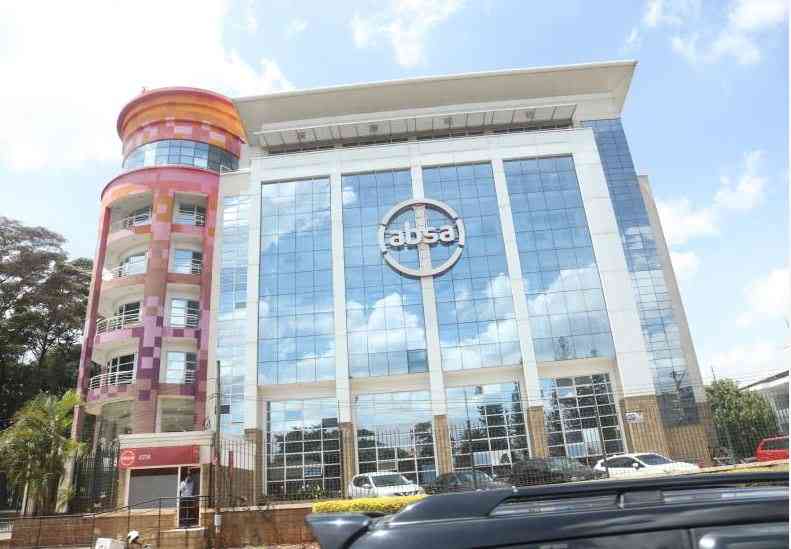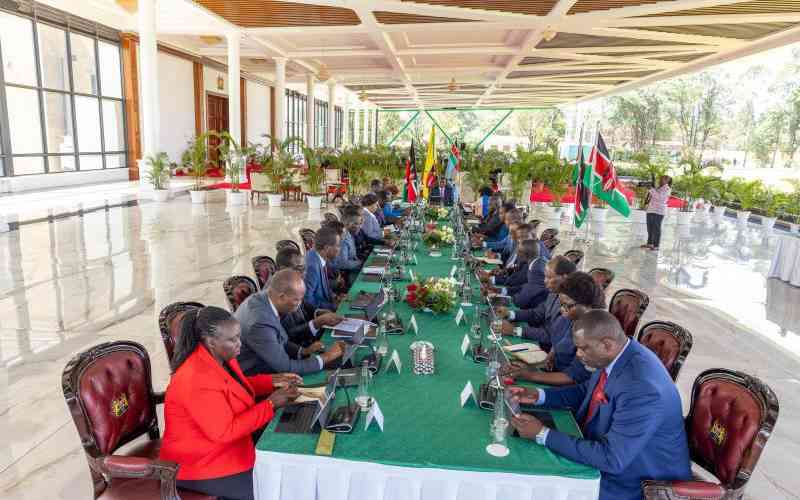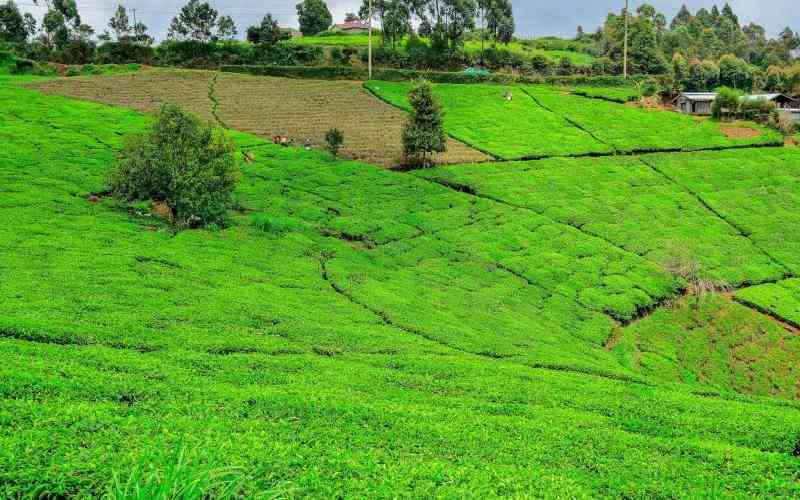×
The Standard e-Paper
Read Offline Anywhere

Travel to Mombasa is not only about palm-fringed pristine-white beaches. Travellers also visit to see and learn about the historical monuments found here such as Pembe za Ndovu (elephant tusks), Keingeleni (the bell place) and Fort Jesus.
I have made it a routine to stop over by the historical Pembe za Ndovu. In fact, locals say you haven’t visited Mombasa if you miss out on the chance to view this historical emblem.







